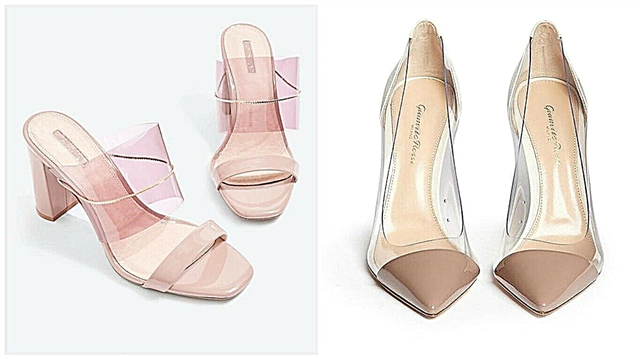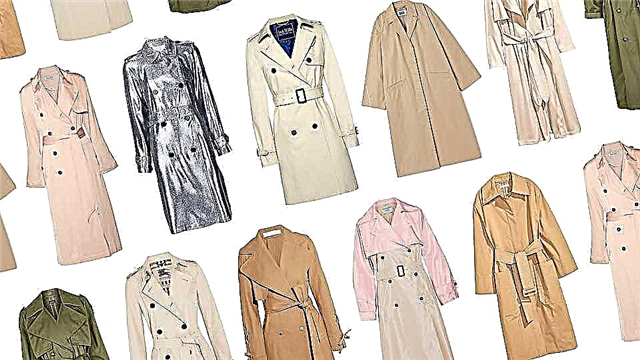A footer is a type of knitted fabric that is easy to distinguish from other types of knitwear in appearance and composition.
The exact origin of the footer is unknown, it remains only to assume that this type of knitwear comes from those countries where they specialized in the cultivation of cotton crops and the production of various fabrics from this raw material.
What kind of fabric is cotton: properties, care, sewing recommendations
The word “futter” itself has German roots and translates as “lining”.
Due to its natural composition, special texture and heat-saving properties, footer is considered an alternative to woolen fabrics.
The composition and properties of the footer

Mostly the footer has a 100% natural composition, it is made of cotton. This is very pleasant to the body material. On the front side, the footer has a smooth surface, on the wrong side it is fluffy or loop-shaped. Thanks to this texture of the material, products from it are obtained warm and comfortable. That is why the cotton footer is a great alternative to woolen fabrics, which is very important for those people who are allergic to wool.
To increase the elasticity and wear resistance of the material, synthetic fibers are added to the cotton base.

photo: @ miltexmk- @ made_by_vera
A footer is made on looms from two threads, one forms the front smooth surface of the fabric, the second forms the wrong looped side with a pile.
Usually from the wrong side you can see pronounced frequent loops. But on a denser footer, the seamy side looks slightly piled up, although it remains very soft.
Knitted fabrics. Their types and features
Types of footer
The density of the footer is of three types:
- Single-thread - the thinnest, wrong side has a less pronounced texture, mainly used for sewing children's clothing.
- Two-strand - medium density footer.
- Three-thread - the most dense and "shaggy" type of footer, ideal for sewing warm things.
Any of the listed types of footer has high plasticity and softness.
Advantages and disadvantages of the footer

+ hypoallergenic material - does not cause allergic reactions;
+ eco-friendly and natural material;
+ has high hygroscopicity;
+ footer holds its shape well and does not peel;
+ the fabric passes air well, while retaining heat well;
+ durable and wear-resistant material.
- The footer does not tolerate high temperatures and is destroyed by direct sunlight.
How to sew knitwear on a sewing machine: 5 ways
How to care for footwear

The footer is completely unpretentious in leaving, so there will be no difficulties with it.
The temperature regime for washing is 40 ° degrees.
You can wash things either manually or in a washing machine at low speeds with easy spin.
Dry - straightened.
They iron footwear from the wrong side. The temperature in the cotton position. For finer types of material, select the "wool / silk" mode.
What to sew from the footer
Mostly they sew from the footer:
clothes for home;
- Best-seller
- Special offer

- 1
- 2
- 3
- 4
- Special offer

- 1
- 2
- 3
- 4
sweatshirts, sweatshirts, tracksuits;
- Special offer

- 1
- 2
- 3
- 4
- Best-seller
- Special offer

- 1
- 2
- 3
- 4
children's and infant clothes;
- Best-seller
- Special offer

- 1
- 2
- 3
- 4
- 1
- 2
- 3
- 4
diapers - are particularly soft, appreciated for their excellent hygroscopicity and the absence of hard folds during swaddling;
casual models
- Special offer

- 1
- 2
- 3
- 4
- Best-seller
- Special offer

- 1
- 2
- 3
- 4



